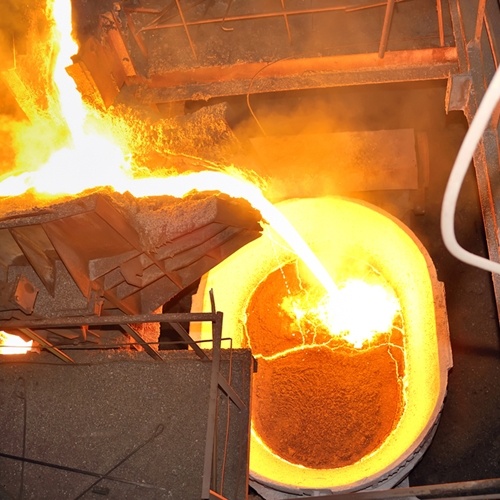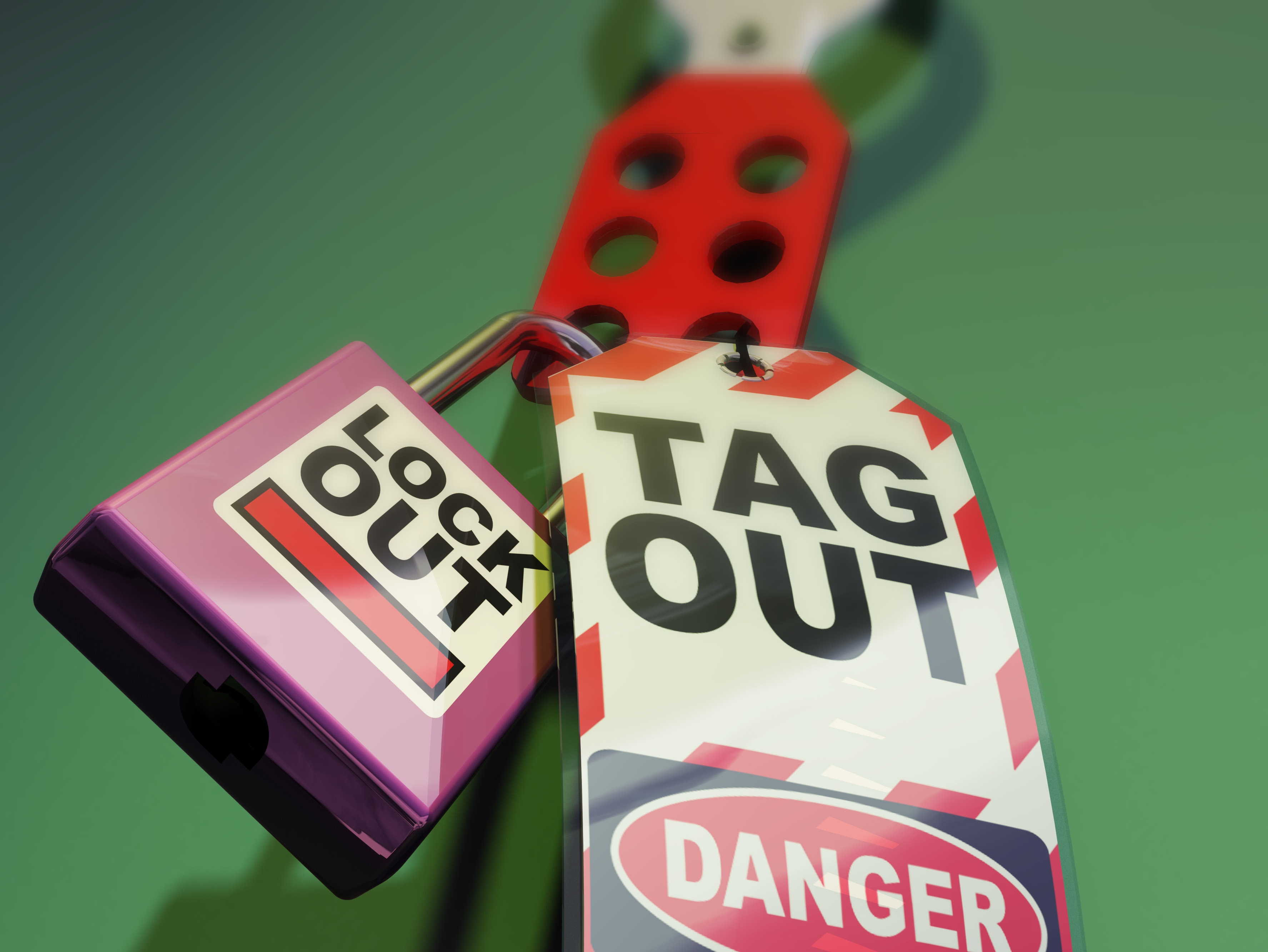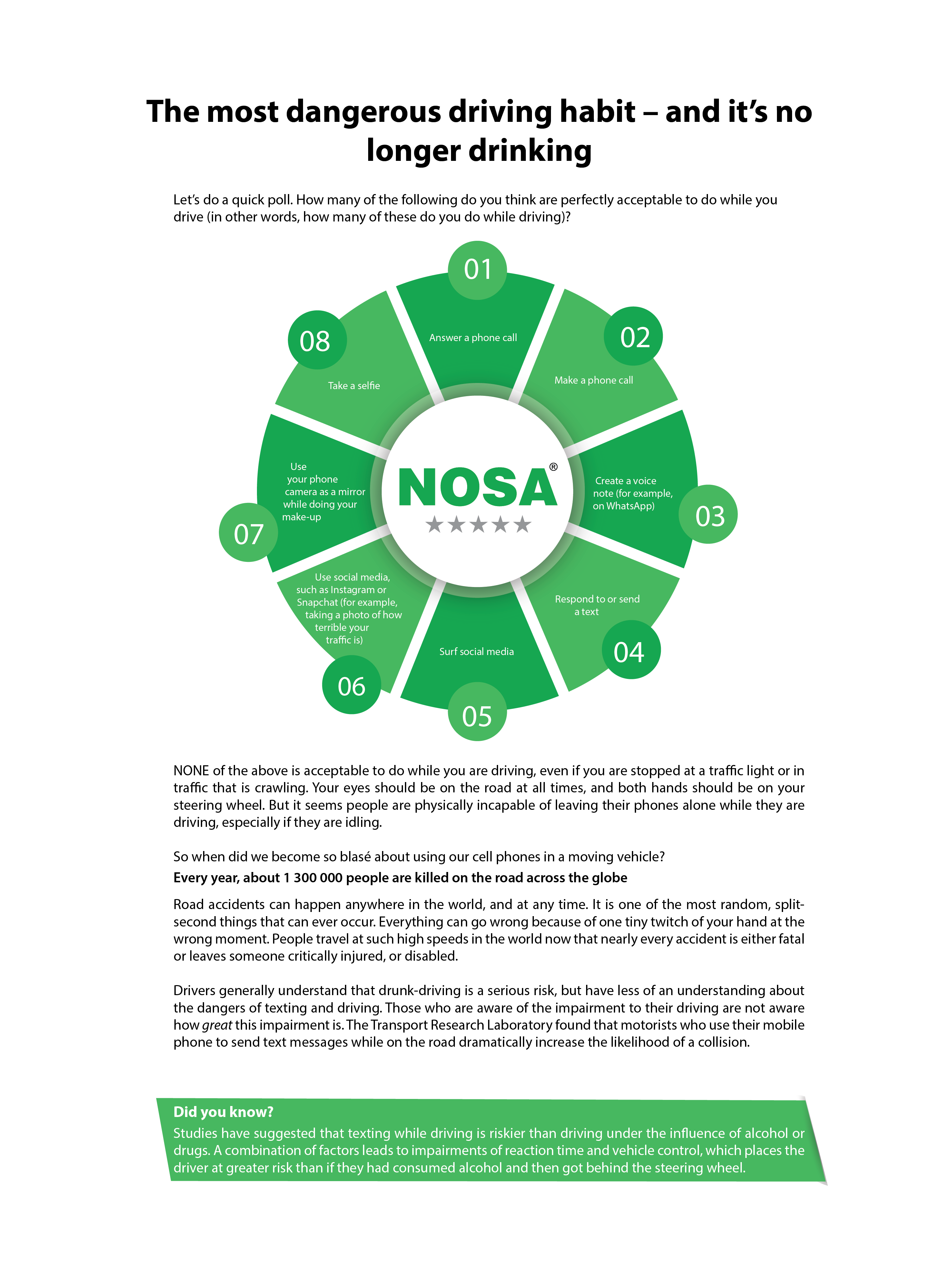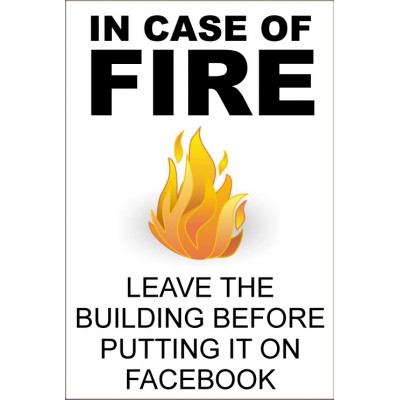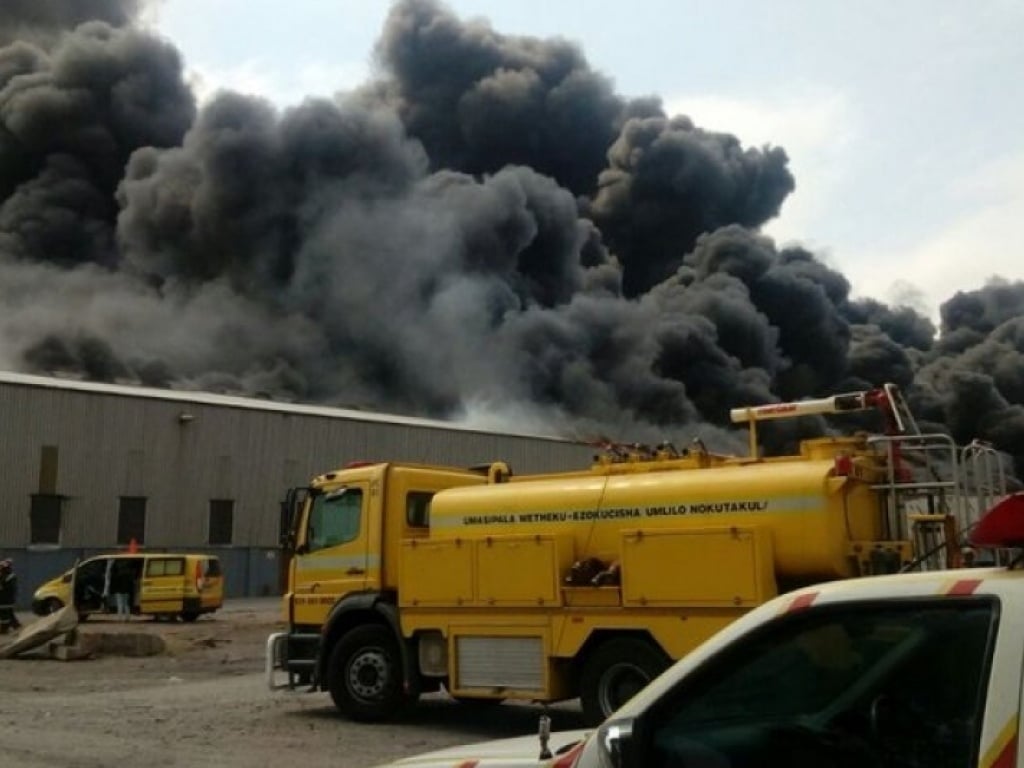For a chemical to harm someone, and affect their health negatively, it must first come into contact or enter the body. It must also have some biological effect on the body.
4 entry routes of toxins and hazardous chemical substances
Topics: Occupational Health and Safety, Safety, Environmental hazards, Hazardous chemical substances, Exposure
Point of fact – there are only hard HSE questions if you don’t have an answer for them. And this is not advisable when your actions (or inactions) can lead to injury or loss of life. Have a look at the following sample list of ‘hard’ HSE questions. If your answers resemble the solutions we have provided, then every HSE question will more than likely have an easy answer. Simple.
Topics: Occupational Health and Safety, HSE, Safety, HSE best practice, Safety training
Why the M1 Grayston Bridge inquiry has been postponed – again!
After months of delays and several postponements, the M1 Grayston Bridge inquiry resumed on Tuesday 26 September – only to be postponed promptly once again. In the weeks prior to the resumption, the Department of Labour’s Teboho Thejane said, ‘Families that have been waiting to hear all the arguments so that they can put this matter to rest, to hear what has happened and if there are any people that are responsible for this. But at this point… we’re waiting to hear the arguments.’
Topics: News and Opinions, Occupational Health and Safety, Construction, Grayston Bridge, Incidents, Incident Investigation, risk by industry, risk assessment
The most dangerous driving habit – and it’s no longer drinking
Topics: Occupational Health and Safety, Safety, Safety training, driving safety
We’re now halfway through unpacking the process of rolling out your workplace safety training, and it’s time to move on to how to develop your training materials.
Topics: work safety, Occupational Health and Safety, Safety training, HSE training
In May of this year, NOSA acquired the Occupational Hygiene (OH) and Occupational Health and Safety (OHS) divisions of LexisNexis Legal & Professional (part of RELX Group). Duncan Carlisle, CEO of NOSA, took a moment to answer a few key questions around this acquisition.
Topics: Occupational Health and Safety, NOSA news, Press release
Most occupational health and safety legislation requires employers to provide training to employees that enables them to perform their work in a manner that is safe and without risks to their health and safety. We all recognise the value and benefit of workforce training – it makes workers more efficient by increasing production, revenue, and profits while decreasing costs, waste, and inefficiencies. Effective training can lead to increased compliance with regulations. It can even lead to a happier, more satisfied workforce, which in turn reduces turnover and costly on-boarding. But it needs to be done properly and effectively – you cannot blaze forth with half-formed plans and vague ideas of how to proceed.
Topics: Occupational Health and Safety, Safety, Safety training
| We should always, always take safety seriously, but safety information can be both informative and entertaining. Now that we’ve got your attention, take a look at these nine safety facts that seem crazy, but are in fact 100% true. |
Topics: work safety, Occupational Health and Safety, Safety
Remember when the Durban skyline was blackened by a fire that blazed within – and without – a local factory. The fire broke out on the morning of Friday the 24th of March, at a 200 000 m2 Transnet-owned wax-production facility, and eventually razed the building to the ground. Alex Gloster, a Durban Fire Department commander on the scene of the factory fire, said that firefighters had done a ‘world class job’ on what was ‘…certainly the biggest fire of my career.’
Topics: Occupational Health and Safety, Fire safety, Tips, HSE best practice

